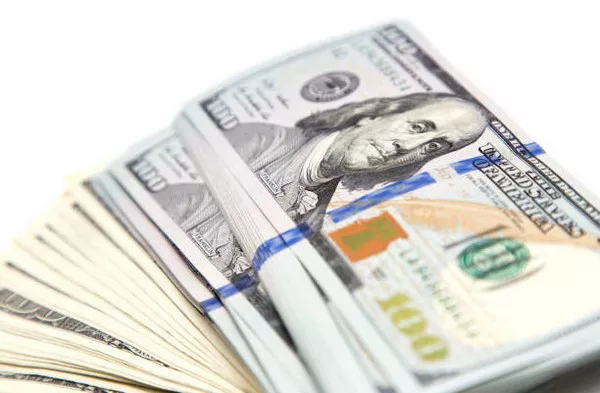The U.S. dollar (USD) strengthened sharply today as benchmark 10-year Treasury yields climbed to 4.65%, their highest level since 2013, sparking concerns over a potential liquidity crunch in global markets. The yield spike followed a poorly received $62 billion auction of 7-year notes, which saw tepid demand from foreign investors amid fears of prolonged Fed tightening. The USD index jumped 0.7% to 106.10, its highest in two months, as higher yields attracted capital flows into dollar-denominated assets.
The Treasury market’s sell-off was exacerbated by a surprise upward revision to Q1 GDP growth, which was adjusted to 3.1% from 2.9%, reinforcing expectations of U.S. economic outperformance. “The combination of robust growth and sticky inflation makes it hard to envision Fed cuts this year,” said David Park, a fixed-income strategist at JPMorgan. “Investors are demanding higher compensation for holding long-duration debt, and that’s turbocharging the dollar.”
The rally in the USD has raised alarms among policymakers in Asia and Europe, where central banks are struggling to stabilize their own currencies. The Bank of Japan reportedly intervened discreetly to prop up the yen after it breached 159 per dollar, while the Reserve Bank of Australia warned of “disorderly” FX moves. Emerging markets faced even steeper pressures, with Indonesia’s rupiah (IDR) and Thailand’s baht (THB) both sliding over 2%.
Market liquidity is drying up as dealers reduce Treasury holdings ahead of quarter-end rebalancing. Bid-ask spreads on 10-year notes widened to their highest since March 2020, and the MOVE index, which tracks bond volatility, surged 15%. “The Treasury market is becoming increasingly fragile,” warned former Fed Chair Janet Yellen in a Bloomberg interview. “A sudden loss of liquidity could amplify price swings, with spillover effects across global finance.”
The Fed’s reverse repo facility, a key liquidity backstop, has seen usage plummet to $250 billion from $2.5 trillion in 2023, suggesting reduced cash buffers in the financial system. If yields continue rising, corporations and sovereign borrowers reliant on USD funding may face refinancing strains. The IMF has flagged $3.3 trillion in emerging market debt maturing through 2026, much of it dollar-denominated.
While the USD’s strength reflects confidence in the U.S. economy, its rapid ascent risks destabilizing global markets. Traders will scrutinize upcoming Fed speeches and jobs data for clues on whether policymakers might intervene to calm yields. For now, the world’s reliance on the dollar is proving to be a double-edged sword.
You Might Be Interested In:
- Who is Hurt from a Weak Dollar?
- Will the U.S. Dollar Be Replaced as World Currency?
- What Goes Up When the Dollar Falls?


